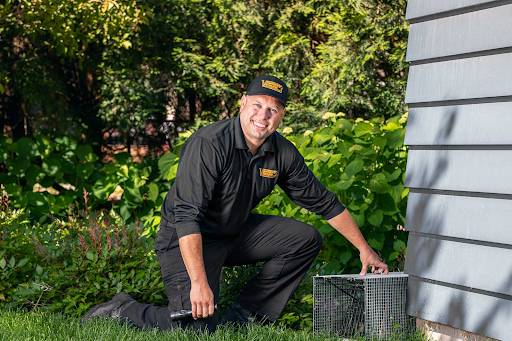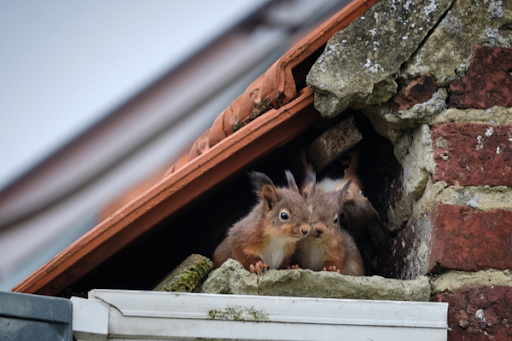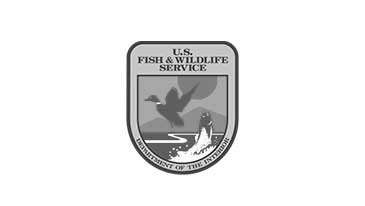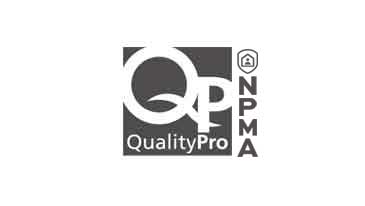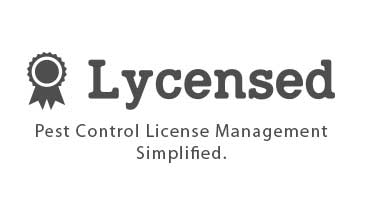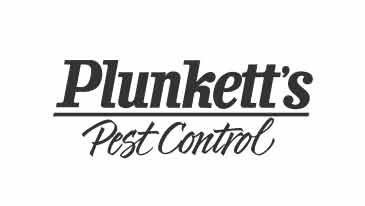Integrated Pest Management (IPM) is a type of pest control that focuses on tailoring the strategy to the customer’s specific situation, rather than a one-size-fits-all approach. When you choose a wildlife pest control company committed to IPM, it means your residential pest management program treats the cause, not the symptoms.
Here are the four main reasons why IPM works and why it’s the wildlife pest control solution that Varment Guard team believes in.
IPM: The Most Effective Animal Pest Control Solution
1. A Sign of Expertise
The first step in IPM is developing and applying broad wildlife pest expertise. IPM experts, like those at Varment Guard, have deep knowledge of virtually every classification of wildlife pest that could make trouble in your home.
They know where pests come from, how they get in, what they want, and of course, how to get rid of them. On the job, an IPM professional identifies which pests you have. Then, they’ll make a plan based on your specific problem. No two pest problems are the same, so it doesn’t make sense to treat them the same way.
2. Exclusion is High Priority
IPM has a central theme: common sense. For example, it doesn’t make sense to get pests out of your home if you leave entry points wide open. IPM focuses heavily on prevention. During an inspection, a Varment Guard wildlife technician identifies the ways pests enter and closes all entry points. Prevention could include sealing cracks, making maintenance suggestions, or patching holes. Technicians may also use chemical or mechanical repellents.
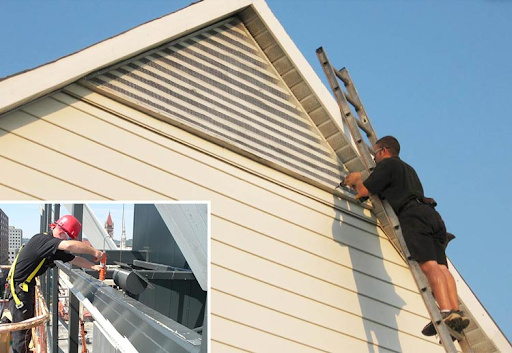
3. Efficiency is Key
By sealing entry points, IPM technicians isolate and limit the problem to something finite and solvable. By identifying what they’re dealing with, they know which tools will be most effective. This means they can apply various mechanical, biological, chemical, and environmental controls to at-risk areas. Depending on the problem, they may use traps, monitors, repellents, netting, or more.
When a Varment Guard technician utilizes any product or barrier, they’ll communicate exactly where, when, and why it was used. Techniques like these also allow your technician to react to changing circumstances as they arise, so they know what to do no matter what happens.
4. Tailored Services For Reliable Results
An IPM technician provides ongoing, preventative services to make sure your wildlife problem doesn’t come back. They always take your personal needs into account when designing and performing their plan. This is because the best method always includes listening to the customer. Together, we’ll make sure there’s no place for wildlife in or near your home!

Get Smart & Effective Pest Control Today
By utilizing an IPM-based wildlife pest control plan, Varment Guard can perform tailored services for optimal results. Contact Varment Guard the next time you have a wildlife pest problem. From raccoons to opossums and beyond, we have the know-how to deal with nuisance wildlife quickly and effectively.

